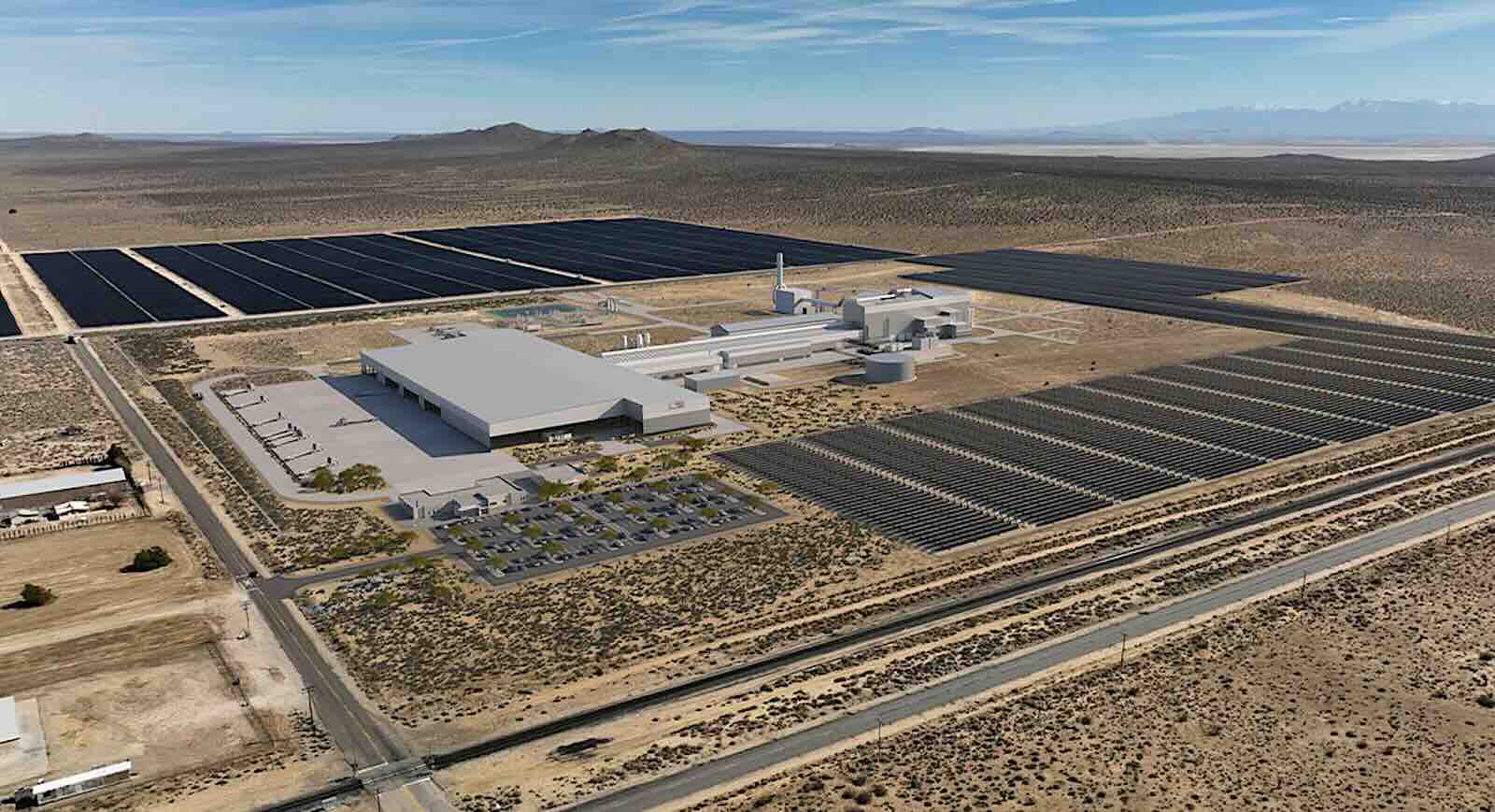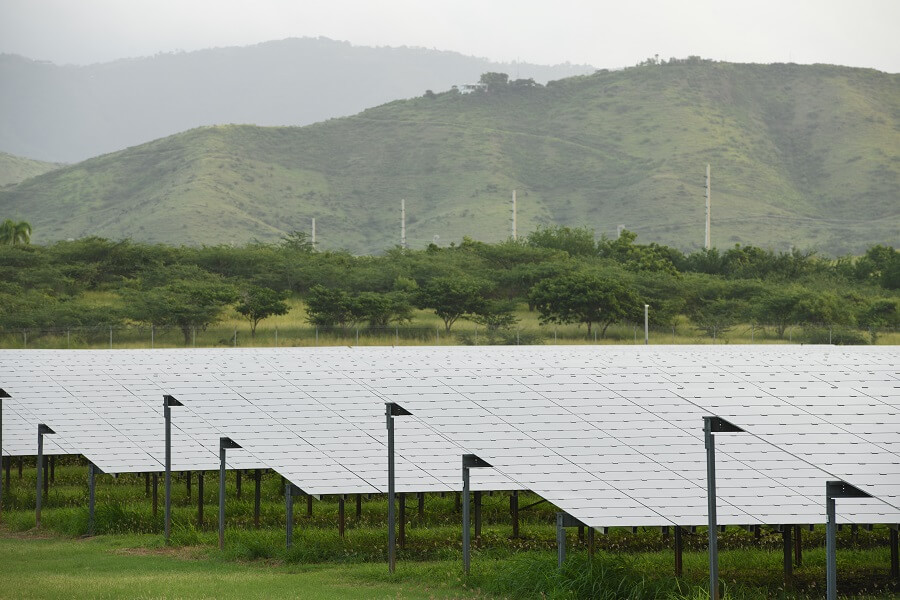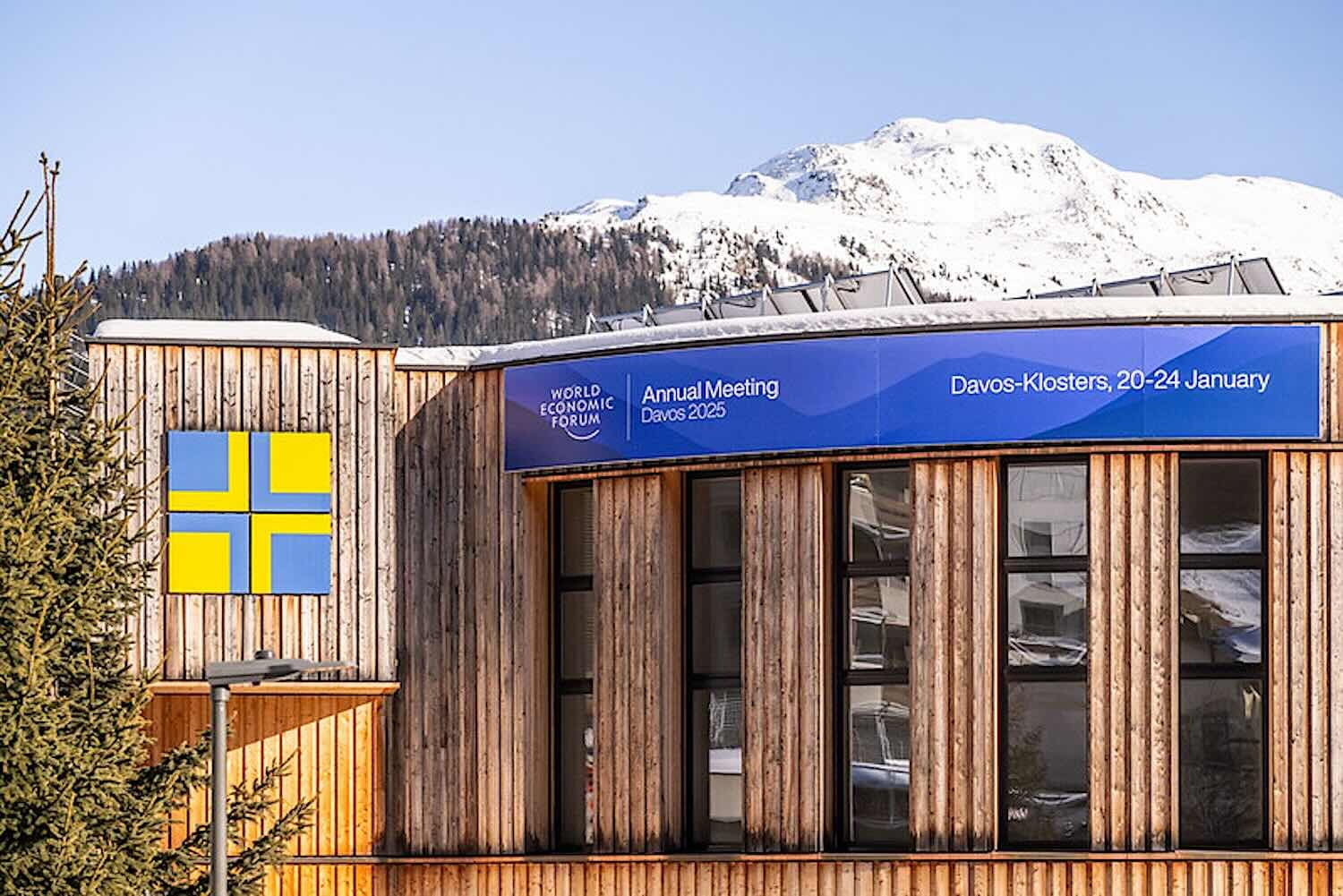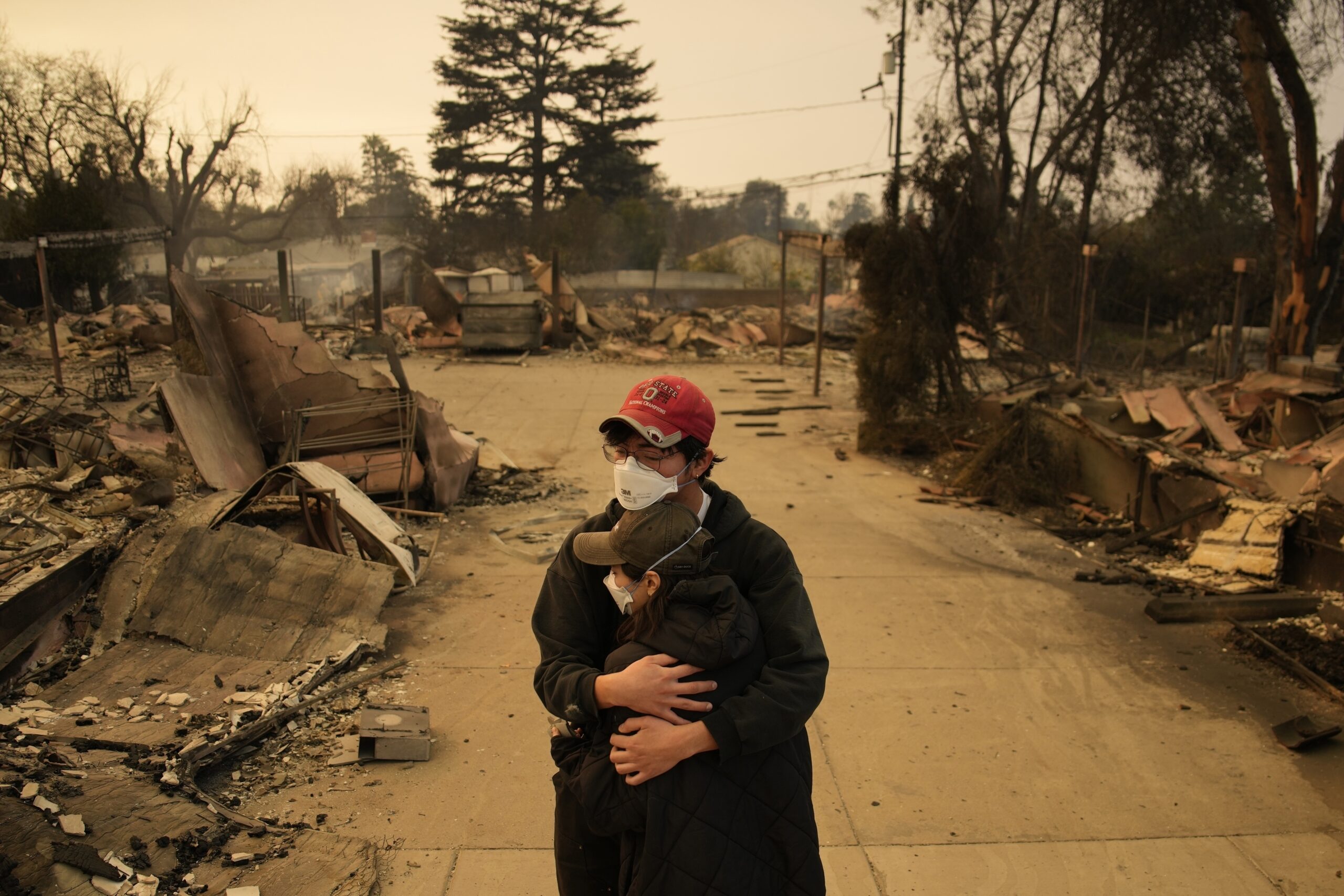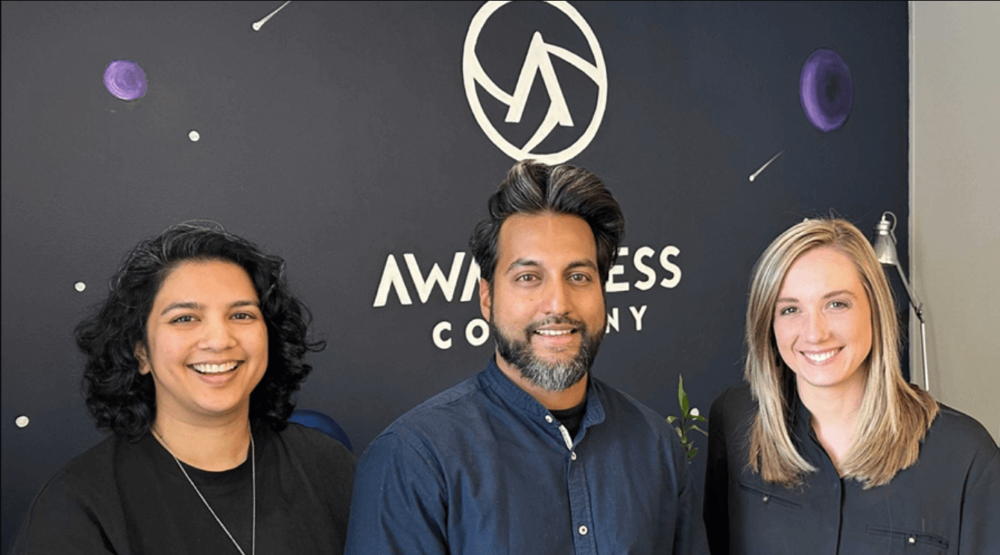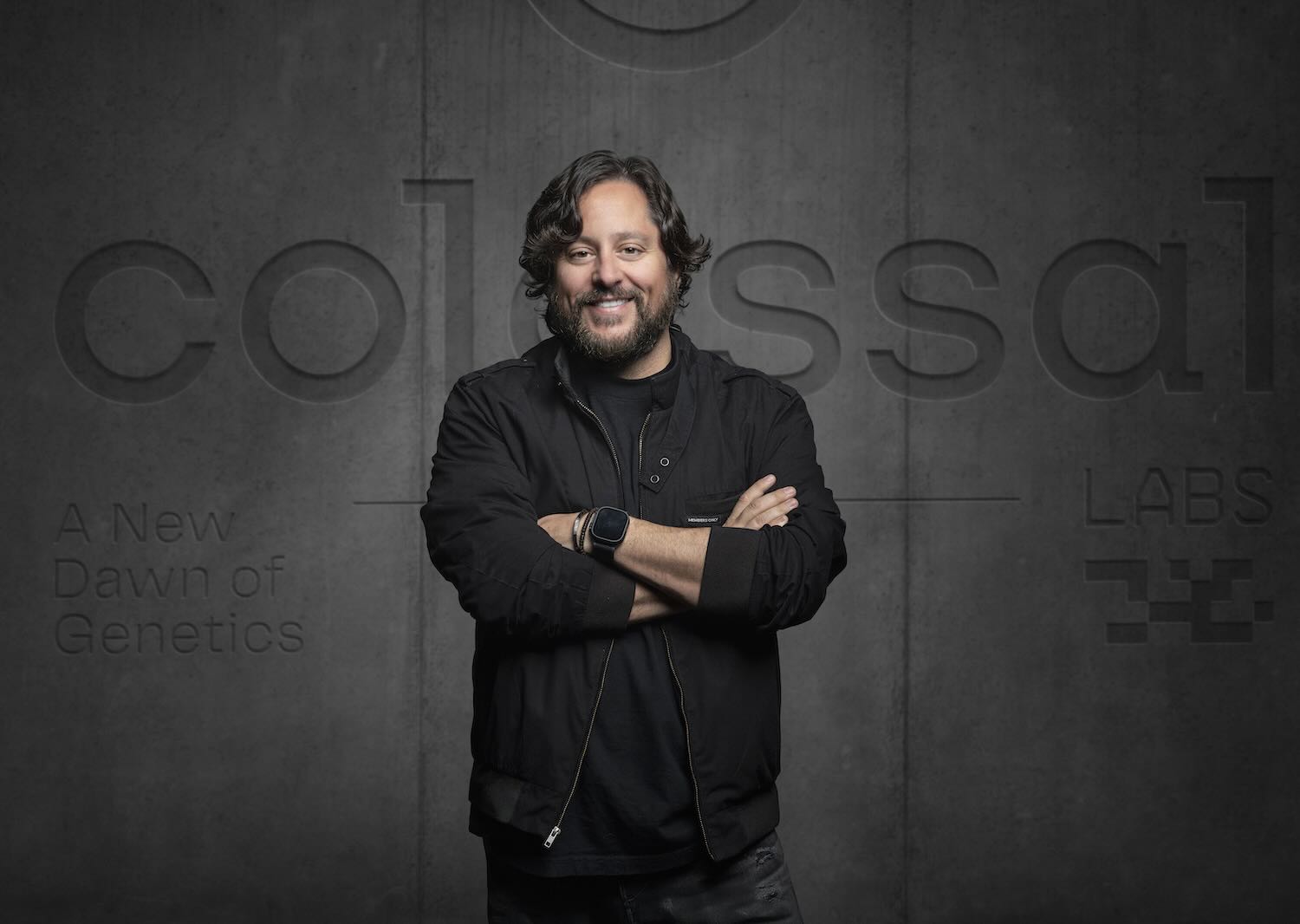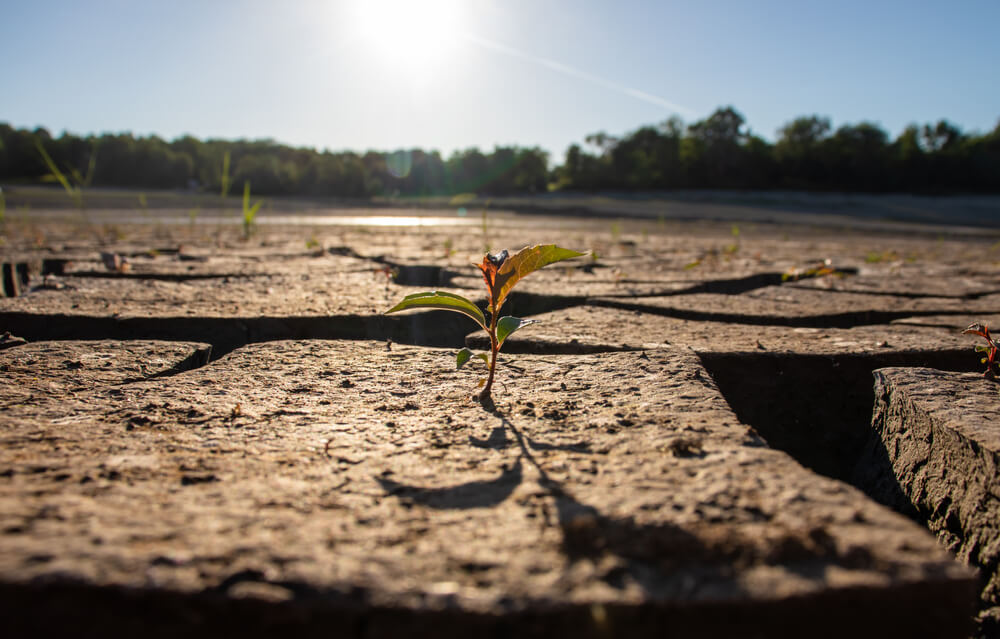This article is part of a partnership between ImpactAlpha and Mission Investors Exchange (MIE) to present new ideas and perspectives in impact investing. The MIE 2024 National Conference takes place May 7-9 in Los Angeles. If you are a foundation or other philanthropic asset owner, learn more about MIE and the National Conference here.
Climate change is one of the greatest challenges of our time, and every day we are reminded of what it will take to begin to solve this crisis.
At the center of these conversations is the urgent need for more capital dedicated to the climate transition. In 2019, the World Bank estimated that $90 trillion in global infrastructure investments are needed by 2030 to make the transition to low carbon; a 2023 report from Bloomberg NEF said we could need nearly $200 trillion in investments to hit net zero goals by 2050.
Whatever the ultimate number is, it is a large one and will require that many multiples of capital are deployed for climate now.
Mobilizing this kind of capital presents tremendous challenges and opportunities for a cross section of global stakeholders, including investors, philanthropists, NGOs, governments, corporates, and the private sector. Each plays a crucial role in deploying different kinds of capital to address various aspects of the climate crisis. But there’s another group that is emerging as a critical contributor in addressing this challenge: family offices.
Family offices, which at a high level are the organizations that high-net-worth individuals and families set up to manage their assets, are poised to play an essential role in getting more philanthropic and investment dollars off the sidelines and into climate solutions. Today, by some estimates, there are some 4,500 family offices managing $6 trillion in wealth globally. Family offices have the unique ability to quickly and flexibly deploy different kinds of capital, help address gaps, and collaborate with, support, and influence a range of important stakeholders.
The evolution of the family office
Historically, family offices have engaged in a range of activities, including family-owned business management, investing of family assets, tax and estate planning, personal services, family philanthropy and others. Typically, these activities were managed in their own silos, with, for example, the family business having little to do with family philanthropy.
However, the last 20 years have seen an increasing focus among family office leaders pursuing wealth preservation and aligning their resources and capital for positive impact.
There are many reasons for this shift – the urgency of the moment, “next gen” leadership, broader societal considerations on the role of business in society, and an increasing understanding that investing in sustainable solutions that support our climate transition is smart and responsible investing. This is also driven by an increasing appreciation in family offices for their sometimes unique position in terms of wealth, influence, flexibility regarding the allocation of capital, and the fact that they often have a breadth of different types of capital that can be deployed for impact.
Investing across the capital spectrum
Family offices can operate across the capital spectrum, which means they can provide different types of capital to support NGOs, start-ups, private foundations, and public and private markets. Many also manage family businesses that can combine purpose with profit. This flexible approach allows family offices to deploy “fit for purpose” capital, meaning they can offer the type of funding that best fits the impact opportunity. It also enables them to seed and grow markets without the limitations that other philanthropists or investors may face, which can ultimately help unlock more capital for these markets and makes them a valuable partner for those same investors.
A prime example of this is my organization, Builders Vision, which is an impact platform that works across three sectors – oceans, food & agriculture, and energy – to help drive and support major climate transitions in these areas. Our founder and CEO, Lukas Walton, a third-generation Walmart heir, created this platform with a vision that family offices have the power, responsibility and resources to help break down silos between non-profit, public and private sectors to shift capitalist markets toward sustainable solutions that will protect our planet and people while generating economic opportunity.
At Builders Vision, we’re focused on providing investments to hundreds of grantees, companies, and investment funds in the pursuit of opportunities in these three interconnected sectors. While the risk, return, and impact expectations vary across our teams, our organization has collectively articulated the problems we are all working to address, as well as the near-term and long-term system outcomes we are pursuing.
Catalytic capital in action
So what does this family office flexibility actually look like in practice? From investing in a business accelerator that’s helping to commercialize climate innovations, to anchoring an emerging impact fund to help attract other investors to funding research that can help de-risk an emerging solution, family offices can take an approach to addressing climate issues on a systems level.
Below are examples of some of the ways we at Builders Vision think about deploying our capital.
- Making grants and investments in research and development projects, particularly applied research, to sow the seeds for innovations that can ultimately be deployed in markets for good. For example, we are funding crop-breeding research on perennial crops through partners like The Land Institute and Forever Green Initiative, which we ultimately hope to see commercialized and brought to scale in the service of more regenerative agriculture.
- Bringing working technologies “down the cost curve” by providing grant and investment funding to business accelerators to take ideas to a scale where they are cost competitive. For example, our partner Breakthrough Energy Catalyst is using philanthropic and impact capital to reduce the “green premium” and accelerate the adoption of decarbonization technologies, such as long-duration energy storage, green aviation jet fuel, and green hydrogen. We also invest directly in startups looking to build first of kind facilities that can accelerate deployment in these hard to abate sectors.
An example includes Inventwood, a company that’s working to displace structural steel and aluminum, a major source of emissions, with a wood-based solution that has 10x the strength to weight ratio as steel.
- Coming in as an anchor investor for early-stage climate companies and funds provides confidence in the market and can help mobilize additional capital from others more hesitant to lead these kinds of investments. Builders Vision has been a first mover in the oceans space, deploying $260+ million to more than 150 ocean-focused fund managers, companies, and grantees, oftentimes earlier than other investors.
Those commitments have helped contribute to more investment in the sector. Our oceans investments include companies like Matter and Coral Vita as well as fund managers that invest in the blue economy, like Ocean 14 Capital.
- Leveraging foundation endowments to drive greater impact. In 2022, Builders Initiative announced that 90% of our now $1.8 billion foundation endowment has been invested toward impact and sustainable solutions. That number will continue to grow and generate market-rate returns. The current allocation for the endowment is 75% equities and 25% fixed income, and we also have a growing private investment portfolio.
- Engaging and collaborating with other influential audiences to drive support and action on climate issues through convenings, coalitions, policy advocacy, and other initiatives. Many of these conversations are already happening on a global scale, but hosting smaller, more targeted events can also inspire action.
- Using influence as engaged shareholders in large public companies both through investing with asset managers that lead constructive dialogues and participating in coalitions like Climate Action 100+ and Food Emissions 50. Our asset management team works with these coalitions to help improve transparency and disclosure around supply chains – most recently focused on high-emitting companies in the food & agriculture sectors.
- Making venture and private equity investments in companies and funds pushing the boundaries of innovation in the sustainable food & agriculture and energy transitions. We’re invested in Mad Capital’s Perennial Fund II, which is working to de-risk the transition to regenerative organic agriculture by providing access to capital for farmers looking to transition their practices.
- Supporting education and advocacy for the promotion of regulatory change and public financing for addressing climate change. At Builders Vision, for example, we support partners – such as the Platform for Agriculture and Climate Transformation – that promote and support “climate smart agriculture” with government incentives and funding.
- We do not run an operating company, but we are privileged to work with multiple family-owned companies who have systematically aligned their business strategies and operations towards sustainability and purpose.
It is the ability to engage in these kinds of wide-ranging capital deployment and influencing activities that make family offices such a potentially important player in moving capital towards addressing our climate challenges. Such potential is only amplified by an orientation towards partnership, learning, risk-taking, and finding the “gaps” where flexible capital can unlock larger flows.
The path forward
The reality is, these are trillion dollar issues, and to move these transitions forward faster, we need to attract and unlock additional capital.
Family offices are uniquely positioned to fund climate solutions in innovative and flexible ways, to operate in the seams, and to help other partners with the flexible piece they need to bring their own capital to bear.
Our opportunity is to engage, learn with, inspire, and work with those families to make good on that potential. There are trillions to be gained, and our planet at stake.
Bruce McNamer is president of Builders Initiative, the philanthropic team at Builders Vision.





